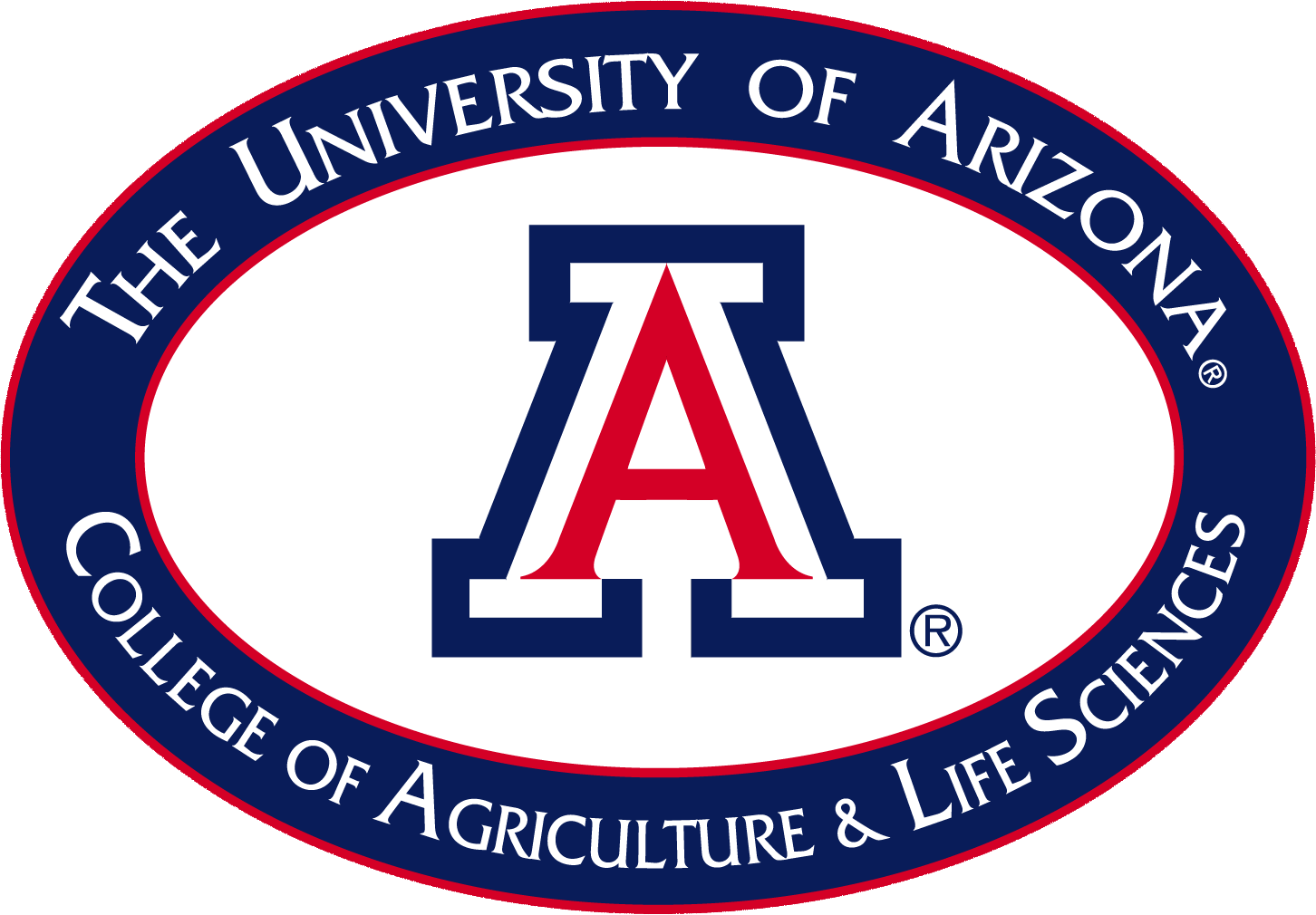EXPLICIT TEACHING
6 Explicit Teaching Functions
1.
Review
a. review homework
b. review relevant previous learning
c. review prerequisite skills and knowledge for this lesson
2. Presentation
a. state lesson goals and/or provide outline
b. teach in small steps
c. model procedures
d. provide concrete positive examples and negative examples
e. use clear language
f. check for student understanding
g. avoid digressions
3. Guided practice
a. high frequency of questions or guided practice
b. all students respond and receive feedback
c. high success rate
d. continue practice until students are fluid
4. Corrections and feedback
a. give process feedback when answers are correct but
hesitant
b. give sustaining feedback, clues, or reteaching for
incorrect answers
c. provide reteaching when necessary
5. Independent practice
a. students receive help during initial steps, or overview
b. practice continues until students are automatic (where
relevant)
c. teacher provides active supervision (where possible)
d. routines are used to give help to slower students
6. Weekly and monthly reviews
a. review the previous week's lesson on Monday
b. review the previous month's lesson and the end of the
month
| Note: |
for slower |
for faster students |
|
more review |
less review |
|
less presentation |
more presentation |
|
more guided practice |
less guided practice |
|
more independent practice |
less independent practice |
This list and article was modified by Jack Elliot
from "Synthesis of Research on Explicit Teaching," by Barak V.
Roenshine, in the April, 1986 issue of Educational Leadership.
return to top
BASIC TECHNIQUES OF GOOD TEACHING
A. Detailed Planning
B. Well Defined Objectives
C. Instruction Based Upon Student Needs
D. Motivation of Learners
E. Involvement of Learners
F. Effective Questioning/Problem Solving
G. Use of Realia and References
H. Student Centered Instruction
I. Summarize and Practical Application 
INGREDIENTS
OF GOOD TEACHING
 | Well defined educational objectives |
 | A plan/guide to direct learning |
 | Instruction based upon student needs |
 | Strong introductions which motivate students |
 | Active involvement of students |
 | Effective use of questions |
 | Problem solving teaching |
 | Effective use of instructional realia |
 | Appropriate reference materials |
 | Use of supervised study |
 | Complete summary and review of lesson |
 | Application of lesson material |
 | Classroom management and student control |
THE SUCCESSFUL TEACHER....
...strives for success.
...is a scholar.
...is a professional worker.
...is a part of the educational team.
...is optimistic about the future.
...strives to develop the maximum potential in students.
...plans well organized educational experiences.
...takes charge.
...continually seeks new educational materials & methods for use in
teaching.
...stays current in technology.
...promotes the educational program.
return to top
ATTRIBUTES OF AN EFFECTIVE TEACHER
- Enjoys working with people.
- Has faith in the worth of the individual and faith in the value of
teaching as a help to developing individuals.
- Understands youth and its development.
- Respects others.
- Has the ability to get along with others--is flexible.
- Exhibits desirable moral character.
- Demonstrates rational behavior.
- Is able to communicate effectively--to be understood by the learner.
- Has a cooperative attitude.
- Demonstrates good citizenship in the school and community.
- Evaluates objectively.
- Maintains a desire for personal improvement.
- Exhibits cleanliness and orderliness.
- Shows enthusiasm and the necessary physical vigor.
- Has a good sense of humor.
return to top
SOCIOLOGICAL GUIDES TO GOOD TEACHING
1.
Make the investment in time and money count.
2. Keep the focus on the real and significant concerns of human living.
3. We should help those who have handicaps.
4. The greatest good for society is the greatest good for its individuals.
5. We should try to draw-out the full capacities of everyone.
6. We should teach people to do better those desirable things they are going to
do anyway.
7. The basis of a strong nation is healthy people.
8. The school is a simplified version of society.
9. Make what you teach useful and teach it so that it will be usable.
10. The school should make up for the work of those institutions of non-formal
education that have declined in modern society.
11. Free access to the facts and free discussion are basic to democratic
society.
12. A common culture requires of its members a common set of competencies.
13. The resolution of differences is the greatest task today.
14. It is the school's special privilege to pass on the cultural heritage of the
world.
15. Great creative traditions develop in schools.
16. Schools must keep abreast of rapidly increasing knowledge of the
world.
17. Schools must keep abreast of technological improvements.
18. The whole resources of society should be used in preparing new citizens for
society.
19. The school is the most effective instrument for improving society.
20. Public education is a cooperative enterprise.
return
to top
PSYCHOLOGICAL GUIDES TO GOOD TEACHING
1. No one learns without feeling some urge to learn.
2. What a person learns is influenced directly by his/her environment.
3. A person learns more quickly and lastingly what has meaning for
him/her.
4. When an organism is ready to act, it is painful not to act: and when an
organism is not ready to act, it is painful for it to act.
5. Individuals differ in all sorts of ways.
6. Security and success are the soil and climate for growth.
7. All learning occurs through attempts to satisfy needs.
8. Emotional tension decreases efficiency in learning.
9. Interest is an indicator of progress.
10. Interest is a source of power in motivating learning.
11. What gives satisfaction tends to be repeated what is annoying tends to be
avoided.
12. The best way to learn a part in life is to play that part.
13. Learning is more efficient and longer lasting when the conditions are real
and lifelike.
14. Piecemeal learning is not efficient.
15. You can't train the mind like a muscle.
16. A person learns by his/her own activity.
17. Abundant, active, spaced, realistic practice contributes to learning.
18. Participation enhances learning.
19. Firsthand experience makes for lasting and more complete learning.
20. Human behavior is controlled by emotions as well as" by
intellect.
21. Unused talents contribute to personal maladjustment.
22. Students progress from where they are and not from some artificial starting
point.
23. Academic growth is a steady, continuous process, and different
individuals grow at different rates.
24. It is impossible to learn one thing at a time.
25. Learning is reinforced when two or more senses are used at the same
time.
26. The "average" pupil is largely a myth.
27. If you want a certain result, teach it directly.
28. Children develop in terms of all the influences which affect them.

 The University of Arizona
The University of Arizona![]()